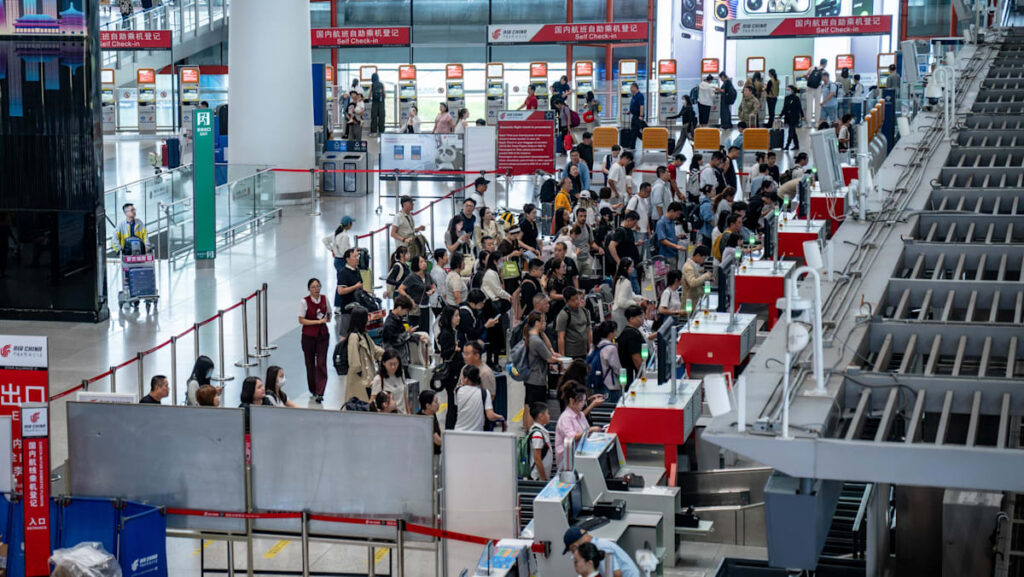“We are seeing more foreign travellers coming (to China) for leisure and cultural experiences, the kind of trips that encourage repeat visits and word-of-mouth growth,” Shen told CNA.
Growth will primarily stem from countries in Asia as well as Europe, Shen added.
“MORE THAN A POST-PANDEMIC BOUNCE”
The steady return of foreign tourists will not only help China recover from its pandemic lull, it also reflects “structural reforms, policy support, and evolving market dynamics”, said CUHK’s Li.
“While initial recovery in 2023 and early 2024 was fuelled by pent-up demand, more recent gains are underpinned by concrete measures such as visa facilitation, tax-refund reforms, infrastructure upgrades, service enhancements, and targeted promotion of both major urban centres and cultural or ecological destinations,” said Li.
“The ongoing expansion of inbound tourism signals not just a temporary recovery but a structural strengthening of China’s long-term tourism potential.”
But structural challenges continue to affect certain regions, he added.
Technological and digital barriers, such as local reservation systems requiring Chinese national IDs with limited multilingual support, could complicate trips for tourists outside major cities.
“Geopolitical tensions and safety perceptions also moderate demand from selected markets,” he said.
Peter Semone, chairman of the Pacific Asia Travel Association (PATA), believes that China’s tourism sector is “about to undergo an inbound boom”.
“This is much more than simply a post-pandemic bounce,” Semone told CNA, adding that inbound tourism is crucial for China’s economic revival, although it remains “largely untapped” compared to domestic tourism.
Read the full article here

